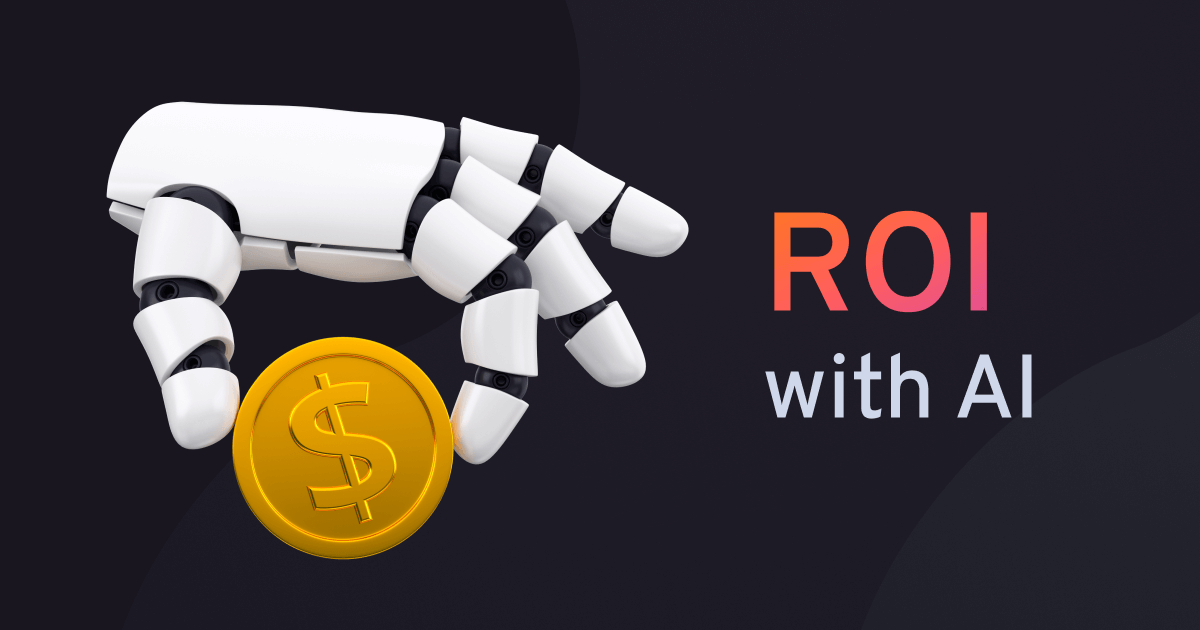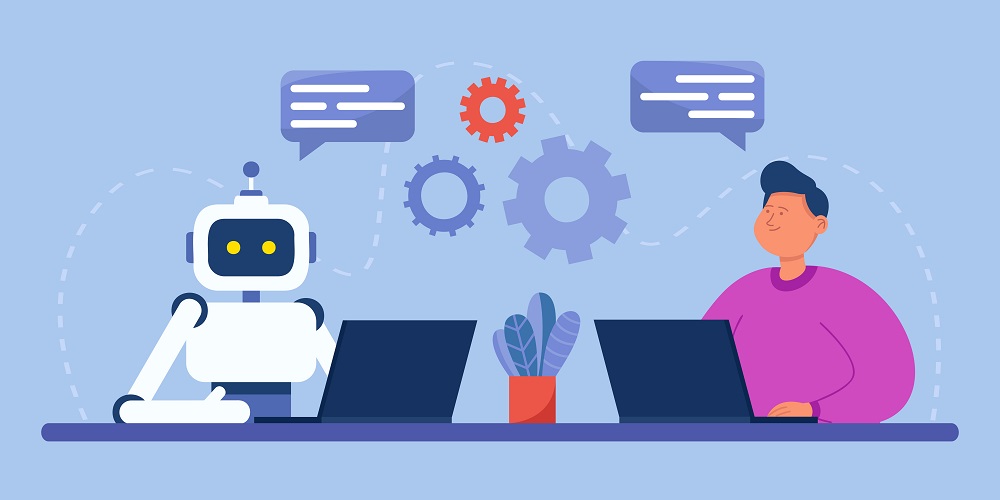For local business owners, every investment decision comes down to a simple question: Will this improve my bottom line? As AI automation tools become more accessible to businesses of all sizes, many local entrepreneurs are wondering how to measure the return on investment (ROI) from these technologies.
This guide explores practical approaches to calculating and maximizing the ROI of AI automation for local businesses, with real-world examples and actionable strategies.
Understanding the True Costs of AI Implementation
Quantifiable Benefits for Local Businesses
Measuring Indirect and Long-term Benefits
ROI Calculation Frameworks for Local Businesses
Common ROI Pitfalls to Avoid
Maximizing AI ROI for Your Local Business
Conclusion
For local businesses, AI automation isn't just about keeping up with technology trends—it's about making smart investments that deliver measurable returns. By taking a thoughtful approach to implementation and using clear metrics to track results, local business owners can ensure their AI investments contribute meaningfully to their bottom line.
The most successful implementations start with a clear understanding of business objectives, carefully track both costs and benefits, and continuously optimize for maximum value. With this approach, even small local businesses can achieve impressive returns from AI automation.
Ready to explore the potential ROI of AI automation for your local business? Contact us for a personalized assessment that considers your specific business model, challenges, and opportunities.
Ready to transform your business with AI?
Our team of experts is ready to help you implement the strategies discussed in this article.
Schedule a ConsultationAlexandros Aidonis
Founder & CEO
Alexandros Aidonis is the founder and CEO of AIdonis, specializing in AI solutions for local businesses. With over 15 years of experience in technology and business development, Alex is passionate about helping small businesses leverage AI to compete with larger enterprises.




